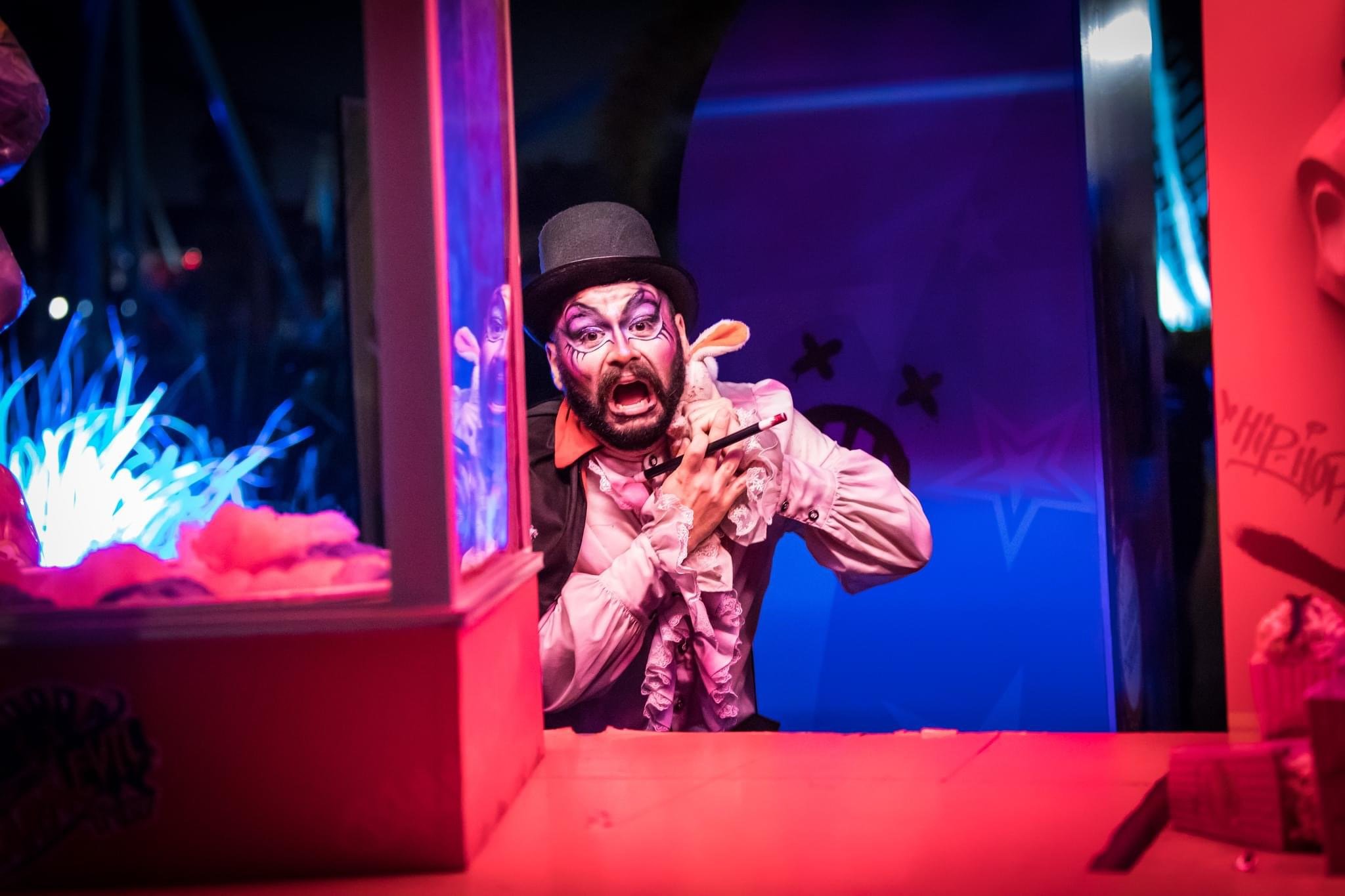Artist’s Statement
Theatre is a space for connection, diversity, and collaboration. As a non-binary, Queer, Latinx artist, I believe theatre should reflect the world’s richness, where anyone can play any role unless specific traits are essential to the story. I value storytelling that celebrates unique perspectives and allows people of all identities, shapes, and sizes to shine. As a performer myself, I believe in telling the true story of whatever character I am assigned for a show.
I emphasize creating a brave, collaborative space in rehearsals and classrooms where participants feel free to explore and make bold choices. I guide performers and students with specific questions about their characters—“What motivates them? How do they move? What’s their backstory?”—while encouraging them to bring their own ideas to the process. Mistakes are celebrated as part of discovery, and we work together to refine the vision.
When working with non-acting students, I emphasize the importance of taking creative leadership in the room. I teach them essential skills, such as making daily calls, writing performance reports, actively listening during rehearsals, and confidently addressing the team. For my designers, I encourage creative freedom, provided they collaborate closely with the director and function as a cohesive team with one another. I place a strong emphasis on collaboration and communication, ensuring they understand their responsibilities and how to work effectively toward the shared vision.
Theatre is a deeply collaborative art, with every role—actors, designers, technicians, stage managers—essential to the final production. I find joy in pre-production, where ideas are explored and shared. I create an environment where creativity thrives and every voice is valued. Whether working with adults or young people, I believe theatre is transformative. Theatre for Young Audiences is especially rewarding, as children are eager to engage and deserve high-quality, meaningful theatrical experiences. Directing, like teaching, is about guiding exploration, building trust, and creating art that resonates emotionally with performers and audiences alike.


